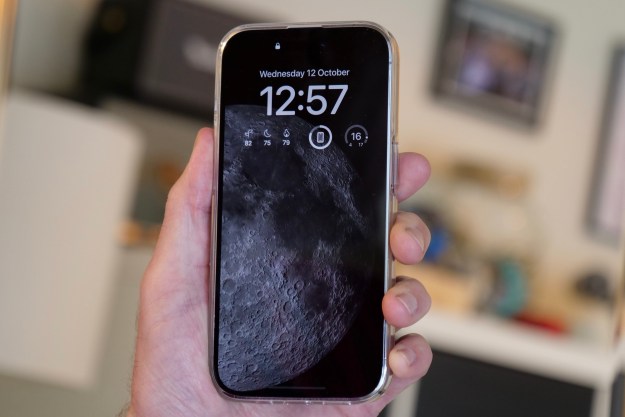When you first purchased your new iPhone or Android phone — or another mobile device — it came with a generic name, which likely mirrored the device itself. If you have multiple devices or if you want to give your phone a more personal touch, you can rename it. If you ever try to connect your phone to a Bluetooth device, the names on the availability list will be more recognizable if you name your device. Naming your device is a good idea because it eliminates ambiguity over which device you are handling at any given time. Here's how to do it with both iOS and Android.
Change your iPhone name
Your iPhone’s default name is iPhone. So it’s likely you’ll want to change the name of your own iPhone to avoid confusion and distinguish it from all the other iPhones of the same name — especially if you or family members have purchased multiple handsets. Because services like Find My and iCloud also identify devices by name, it’s useful to know which iPhone is which.
Changing your iPhone name requires a few easy steps. This example uses iOS 13, though the steps should work the same way for every iPhone.
Step 1: On your device, go to Settings > General, then tap About.
Step 2: Tap the first line, which shows the name of your device.
Step 3: Rename your device, and tap Done.
Change your Android phone name
Changing your Android phone’s name may be a bit more ambiguous, depending on your phone model and the
Step 1: Open Settings.
Step 2: Look for About Phone and select Edit.
Step 3: You can then enter a new name for your phone and confirm it by selecting Done. There is a limit on the number of characters you can use, but you should have enough room for the name you picked.
More options
As another example, here’s how to change the name of a Samsung Galaxy S6 Edge+ running Android 6.0.1.
At that point, you can follow the pathway Settings > Quick Settings > About Device > Device Name. Or you can choose to skip a couple of steps by navigating to System instead of Quick Settings. Either way, you’ll end up in the place you need to be.
Get creative
It’s up to you to provide the perfect, unique name for your phone. Relabeling your device is a great idea. It can help beef up your phone’s security and help others recognize it in the event that the phone is lost or misplaced. Giving your phone a unique name also makes it easily identifiable among your family or housemates’ phones. We can’t think of a downside to renaming your device, especially because you can change the name several times if you keep thinking of different or better ideas.
Throughout this article, we have detailed just a fraction of the ways in which you can personalize your smartphone. If you’re looking for more fun or advanced ways to modify your phone, check out our guides on the most useful tips and tricks for iOS 13 and Android 10.
Editors' Recommendations
- An Apple insider just revealed how iOS 18’s AI features will work
- The most common Skype problems and how to fix them
- The 6 best tablets for kids in 2024
- There’s a big problem with the iPhone’s Photos app
- How to mirror your smartphone or tablet on your TV
















